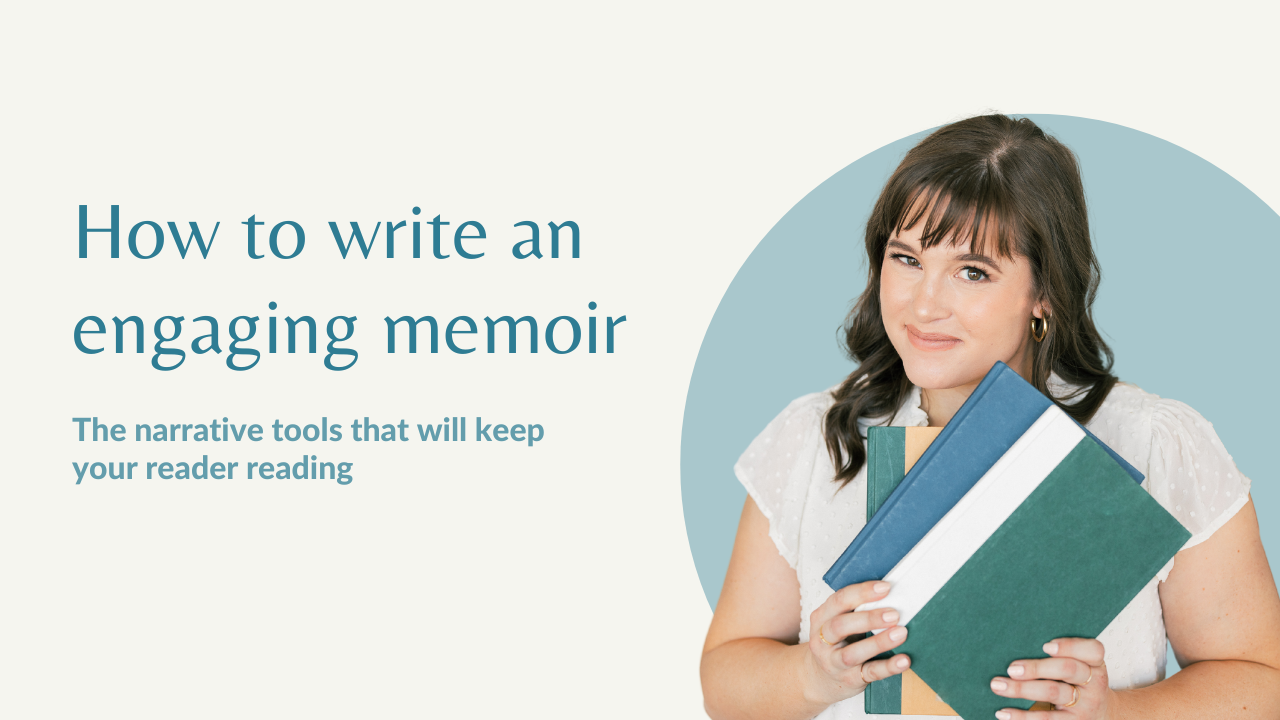How to write an engaging memoir
For years I was convinced that I didn’t like nonfiction. Whenever I thought of nonfiction I thought of stodgy, dry textbooks that made me zone out. But then I found creative nonfiction—nonfiction that relies wholly on story and narrative, and I knew I’d found my home. Where I found some nonfiction boring and stuffy, creative nonfiction pulled me in both as a writer and an editor.
Creative nonfiction is a nonfiction subset that relies wholly on story and narrative, the key to creating engaging nonfiction. As you’re writing your story, remember that it must read like a story. Creative nonfiction is magical in that the tools needed to craft it overlap significantly with tools used in fiction writing.
Narrative arc
Your memoir must have a narrative arc. You must have a beginning, middle, and end, even if you’re following an inner transformation or narrative of ideas (known as expository). Your reader must be able to track one idea or event to the next and be able to stay grounded in whatever narrative structure you choose. Before you start writing, make sure that you know what you’re writing about and how you’re going to take your reader from point A to point B.
Characters
Yes, memoirs do have characters. The key to developing your memoir’s cast of characters is to remember that you are the protagonist. Your memoir is about you, and your characters are there to support your story. An engaging memoir balances centering the protagonist’s story and transformation with developing other characters so that they are three-dimensional people in the narrative.
Setting
Use the five senses to ground your reader in the physical places of your memoir. When your reader feels immersed in the setting of your story, they’re more primed to experience the truth of your story. Know where your story happens and use sensory descriptions to make that setting come alive for your reader. Ask yourself what you want to reader to see, feel, hear, smell, and taste.
Dialogue
Many memoirs strategically use dialogue to move the narrative forward and simultaneously develop their characters and relationships within the manuscript. Dialogue can feel like an exclusively fiction-writing tool, but when used in creative nonfiction, dialogue can pull your reader into your narrative in a very relational way and make your book read even more like a novel.
When you apply narrative writing tools to your creative nonfiction, you will inevitably create a more engaging, more compelling memoir that will keep your reader turning pages and asking themselves what will happen next.


